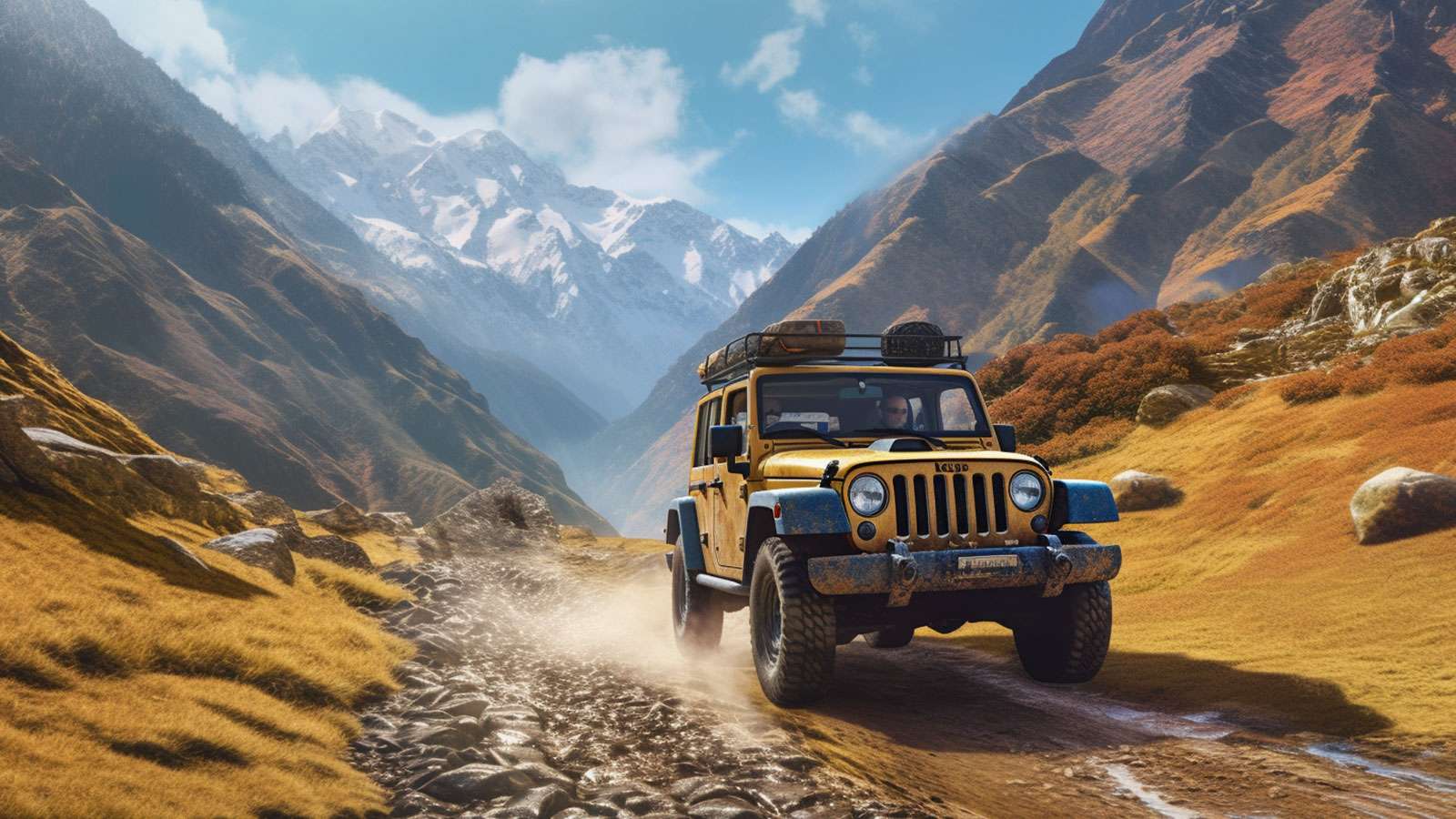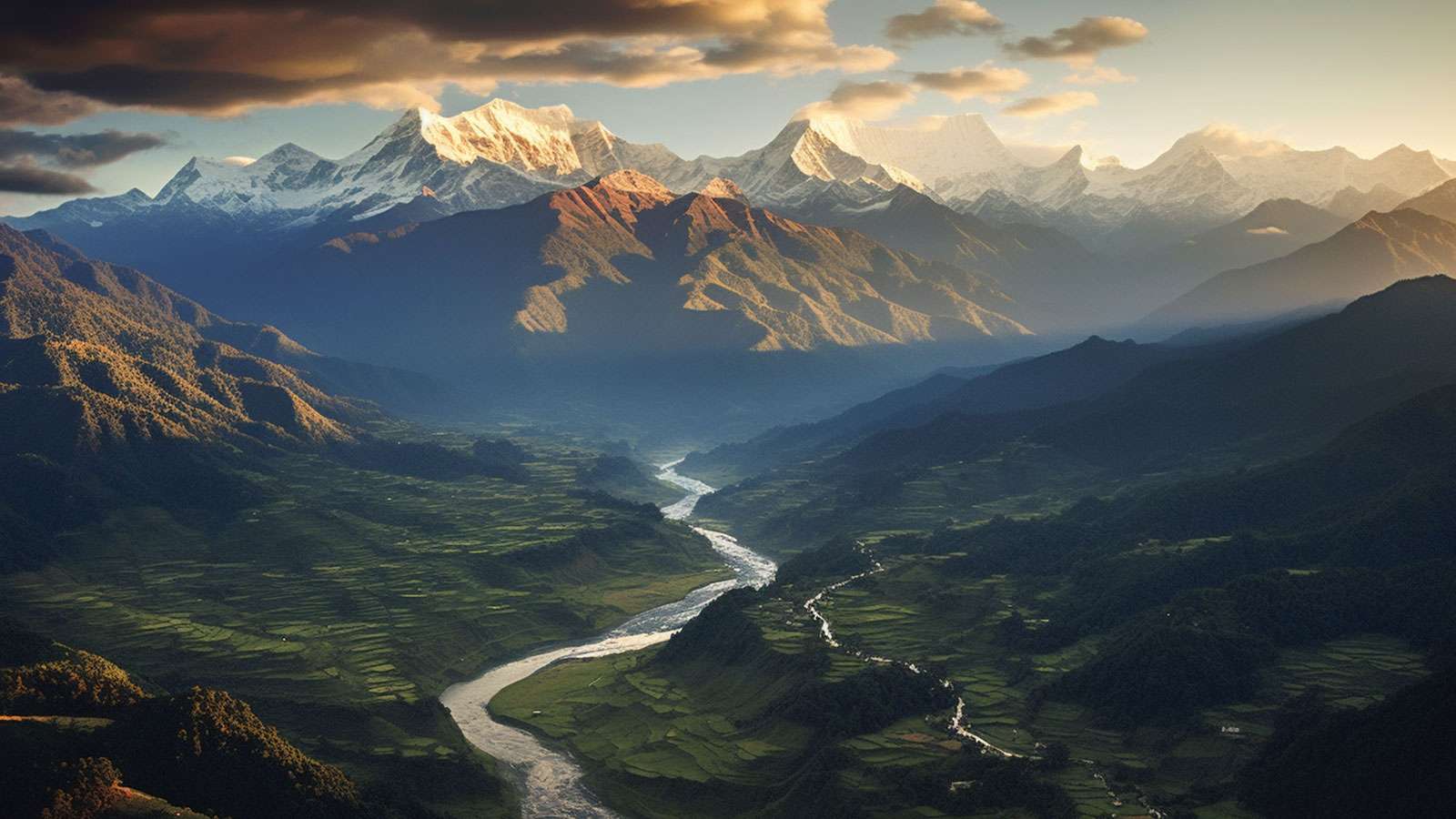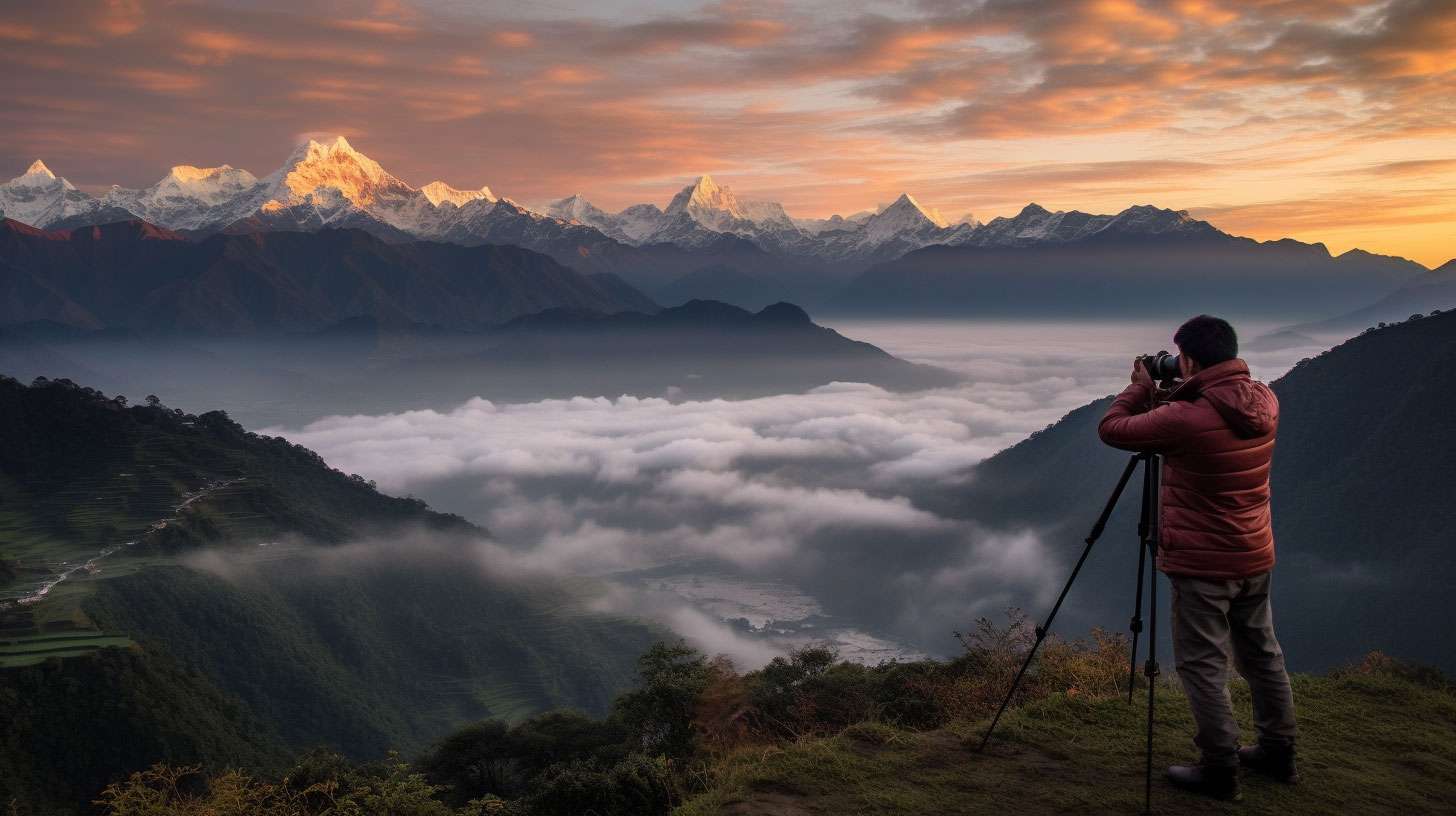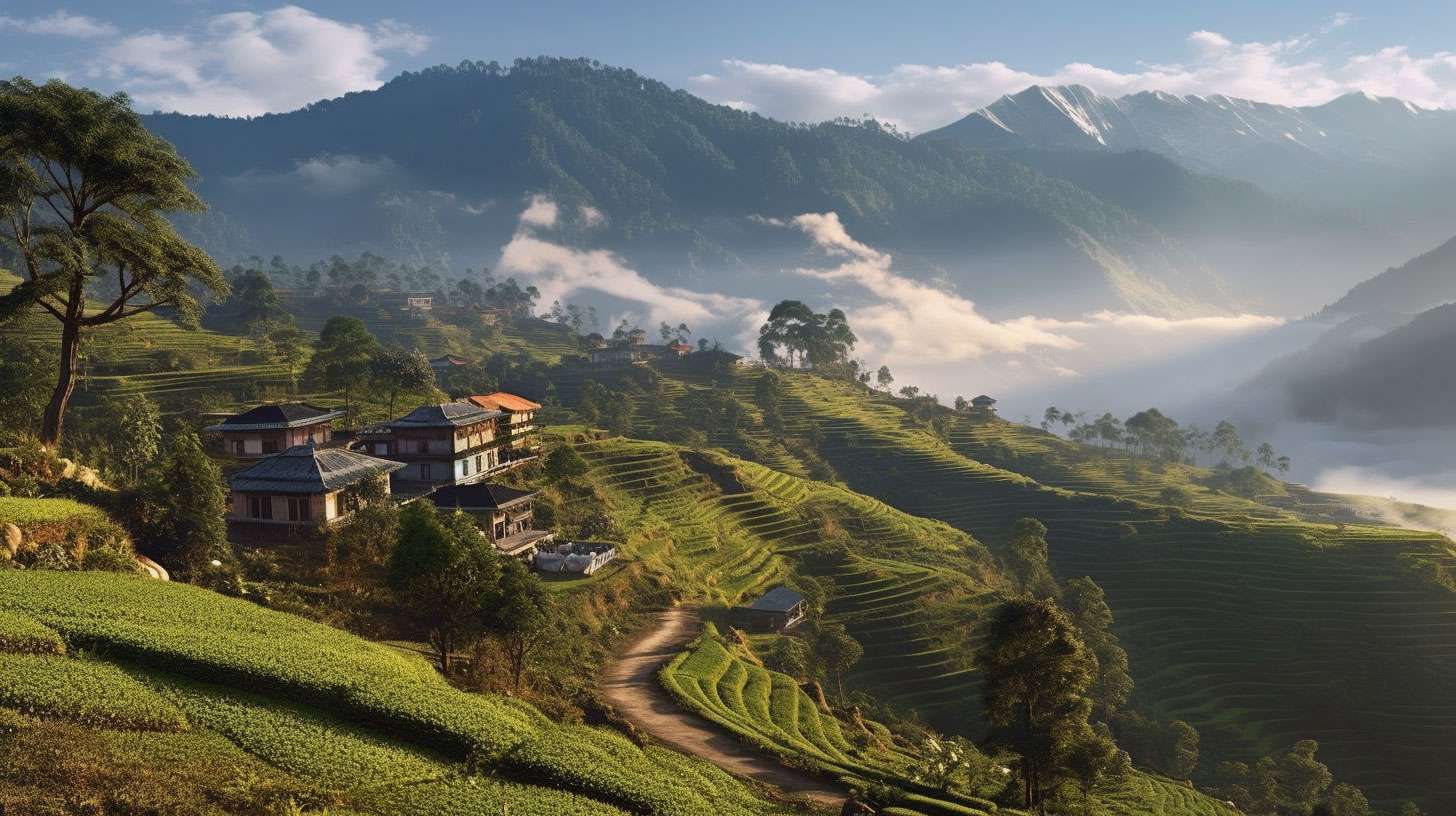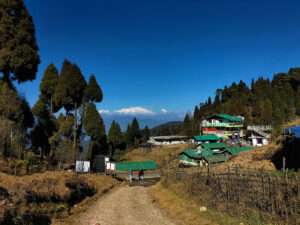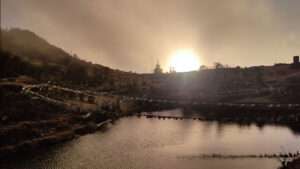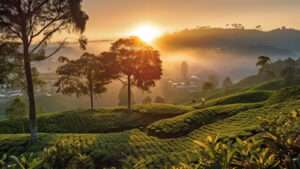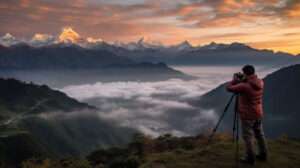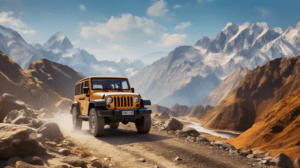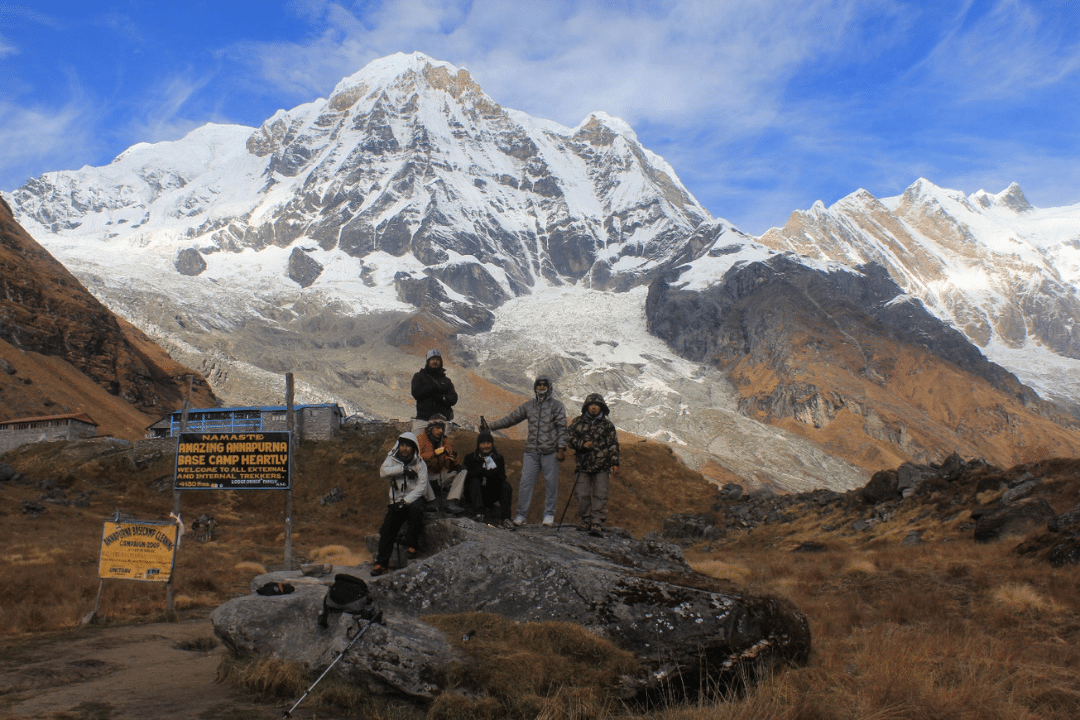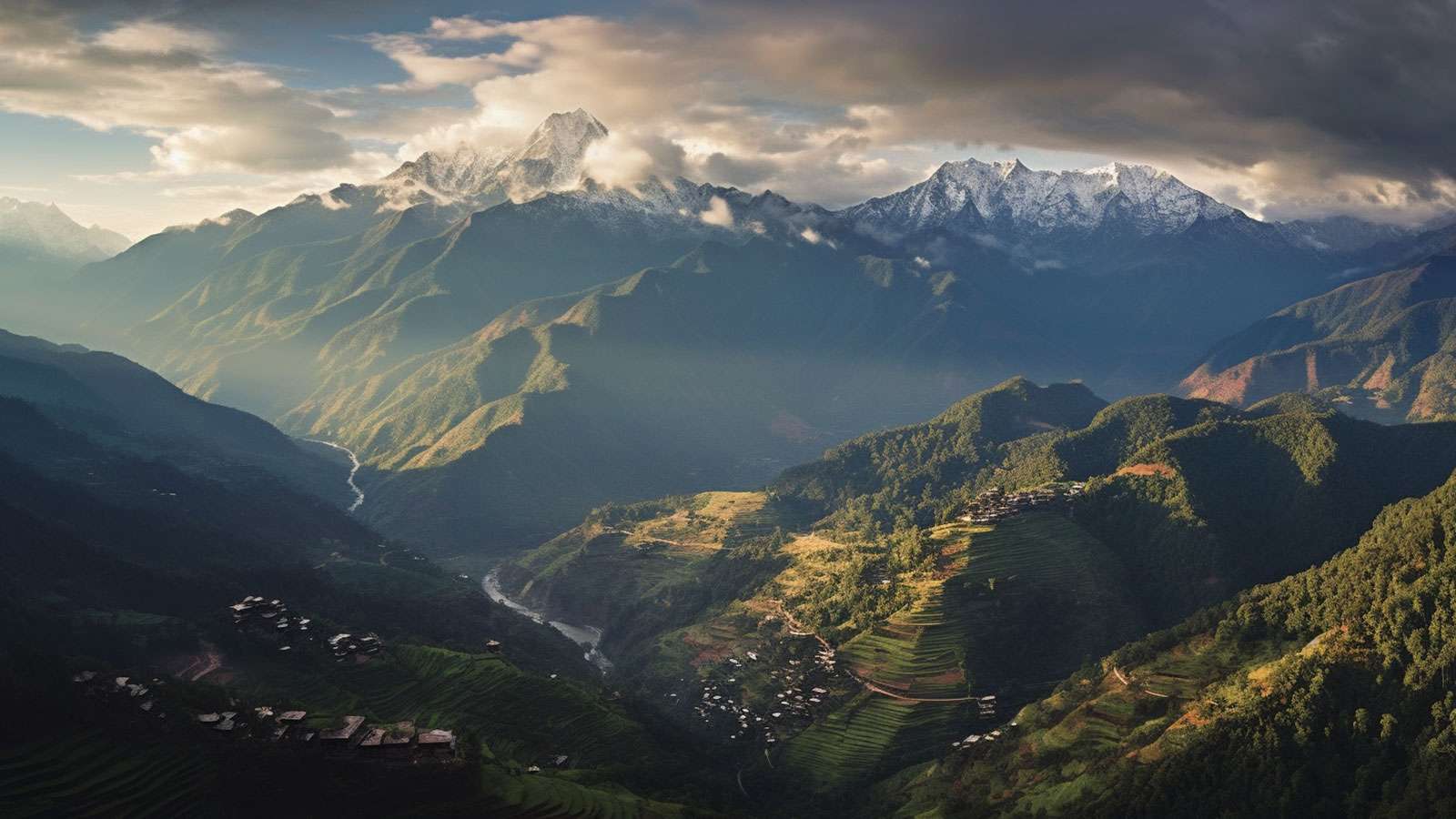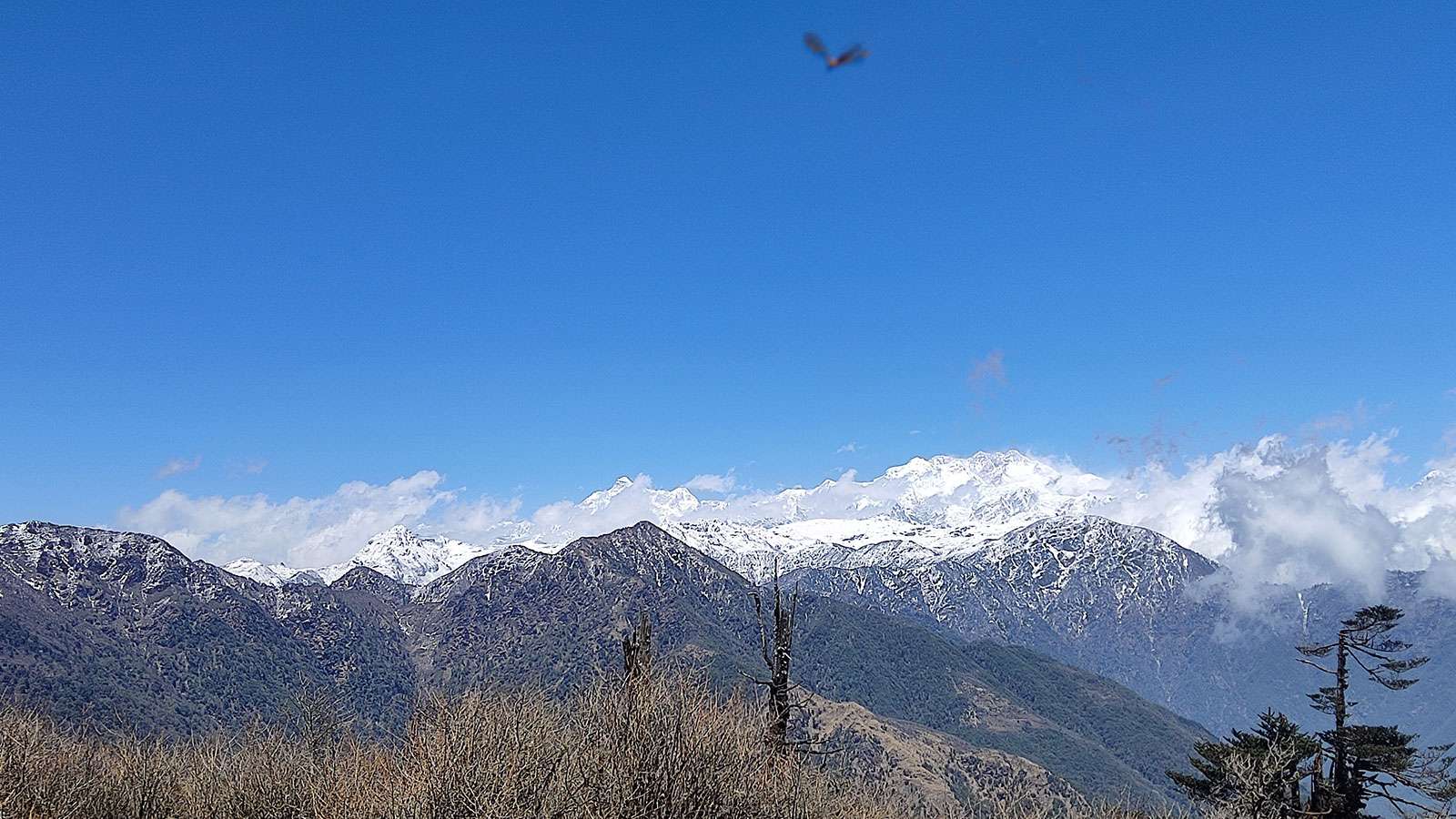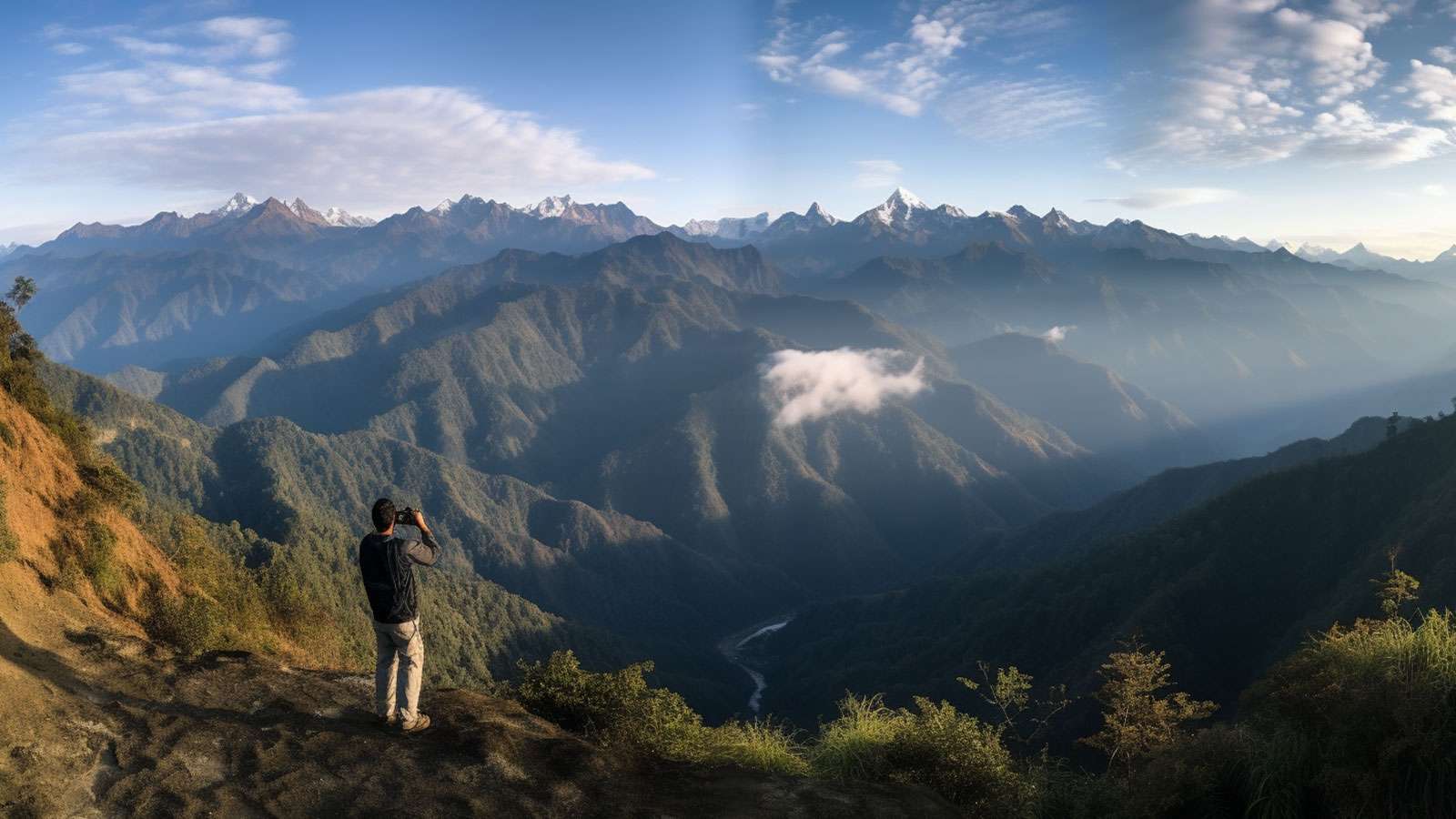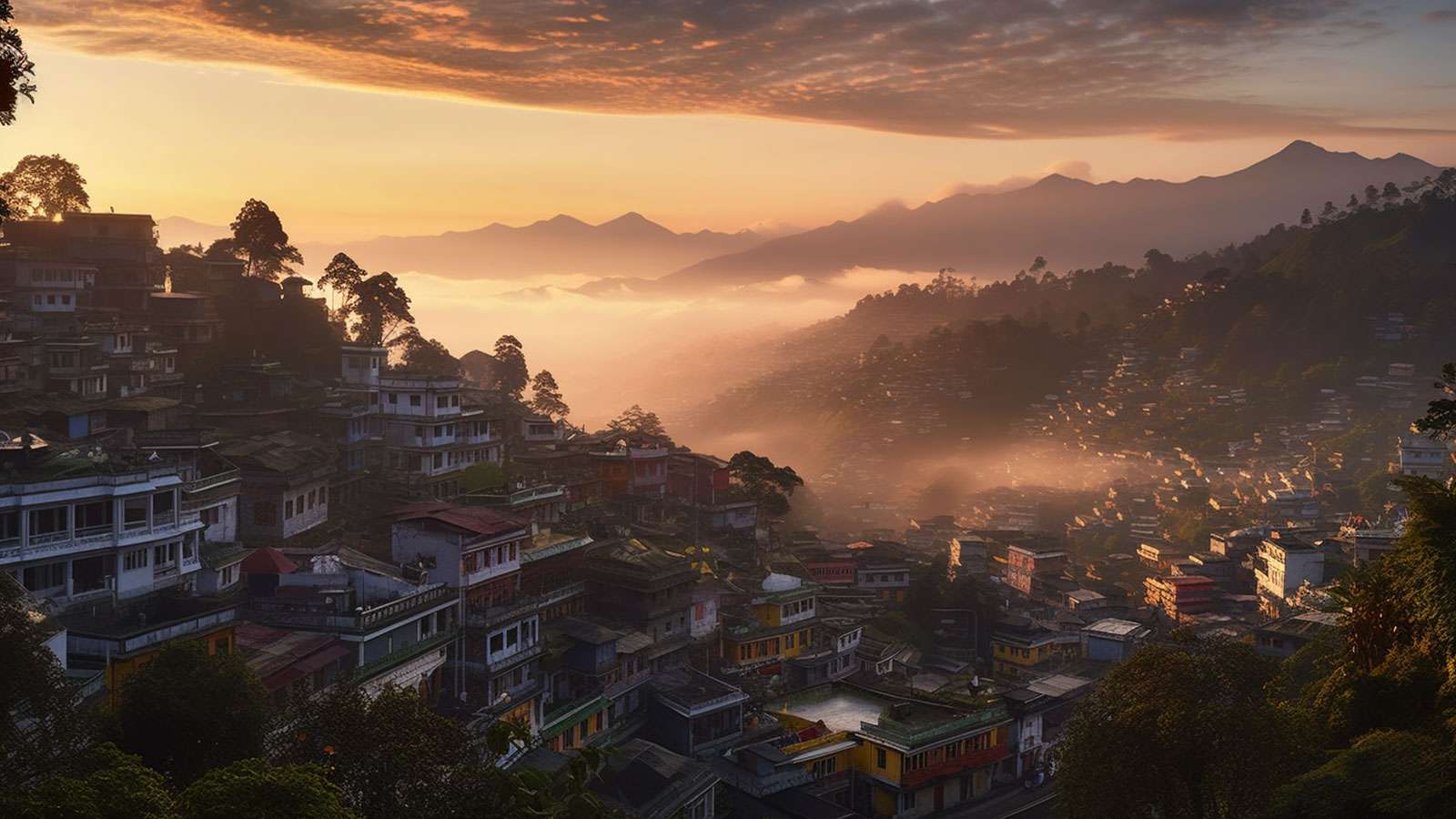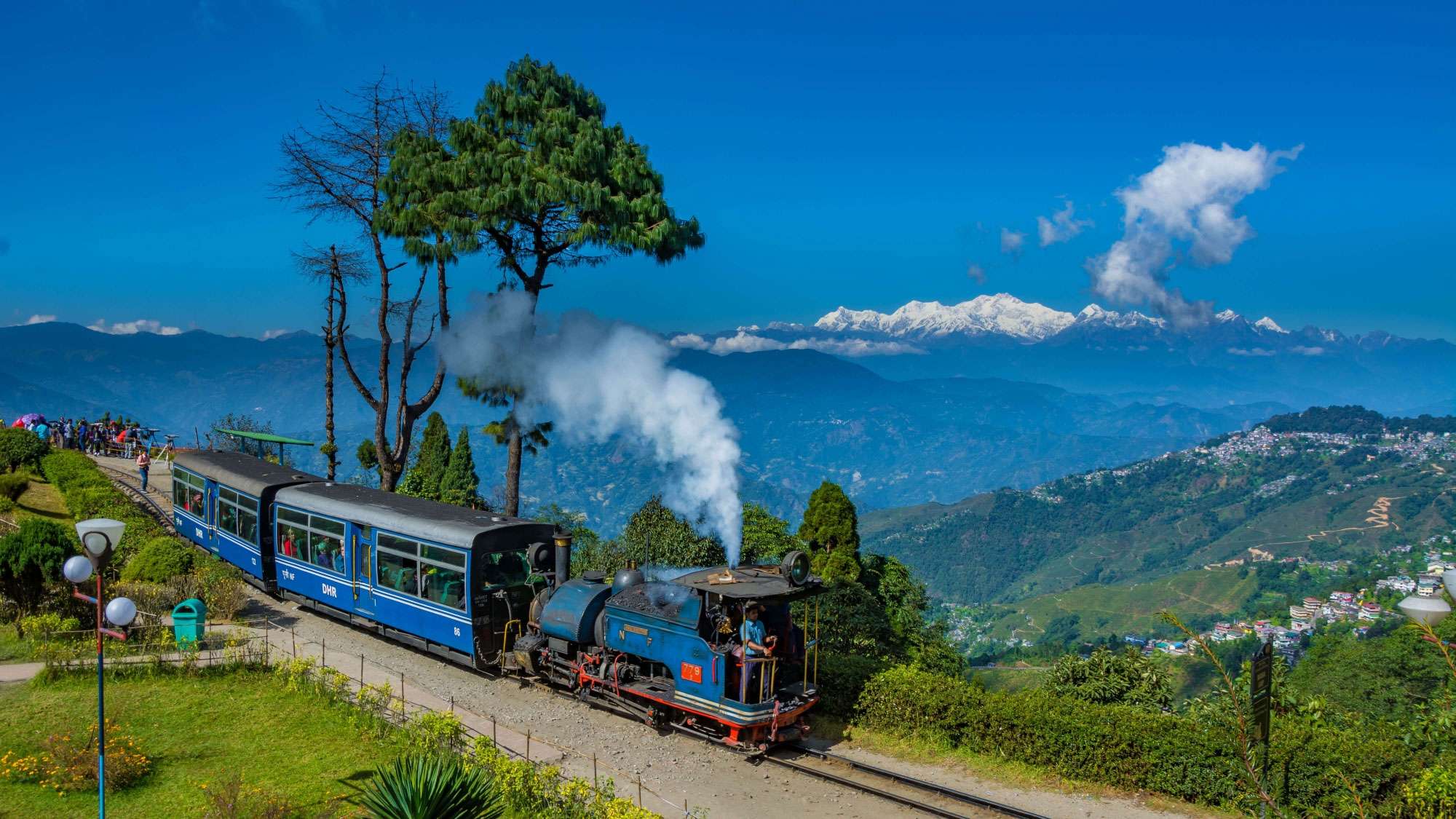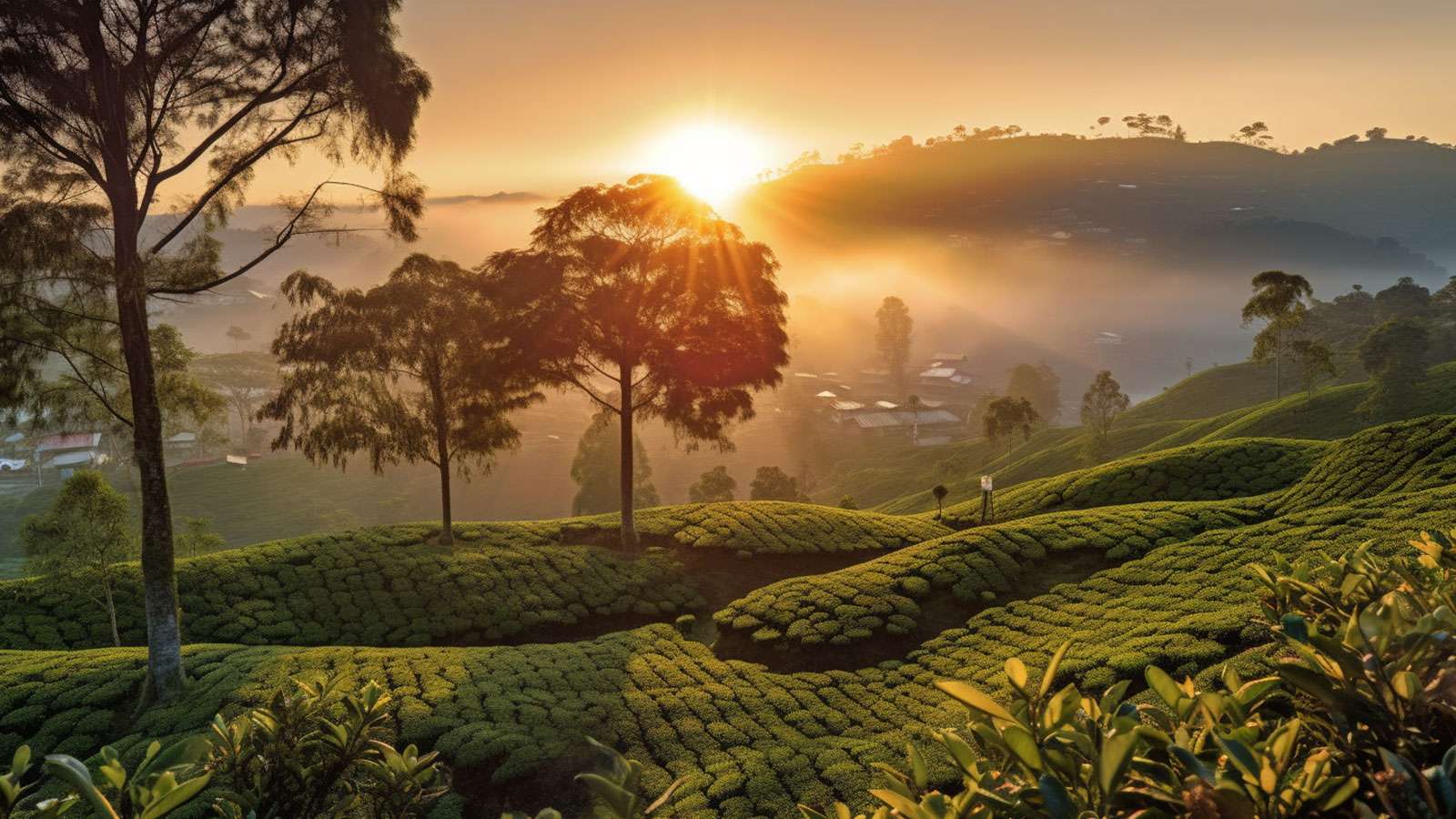Immerse in the captivating mystique that shrouds the Trans-Himalayan tracts of Tibet, Spiti, Lahaul, and Ladakh, areas steeped in awe-inspiring isolation for centuries. This ultimate Western Himalayan journey navigates the valleys and mountain passes of four significant rivers – the Satluj, Spiti, Chandra-Bhaga, and Indus. Their illustrious histories and remarkable civilizations shape the local communities, where tradition, faith, and culture form the crux of existence.
Shimla: The journey begins amidst verdant hills and apple orchards, visiting age-old Hindu temples showcasing intricate wooden and stone architecture.
Kinnaur: Here, witness the unique confluence of Hinduism and Buddhism. Kinnaur’s Baspa Valley is renowned for temples exhibiting pagoda architecture and elaborate wooden carvings. This traditional region resonates with Hindu and Buddhist lore and its inhabitants are famed for their musical prowess.
Spiti: Unveiling an ethereal beauty, Spiti Valley reflects Rudyard Kipling’s words, “Surely the Gods live here, this is no place for humans”. This secluded valley charts the evolution of Lamaism, interspersed with several significant monasteries like Dhankar, Ki, and Tabo.
Lahaul: Transitioning over Kunzum Pass into Lahaul, experience a dramatic shift in topography, revealing striking side valleys nestled between the Great Himalaya and Pir Panjal Ranges. This valley, inhabited by a blend of Buddhists and Hindus, balances its raw nature with agriculturally cultivated pockets, offering glimpses into its tranquil lifestyle and intriguing religious sites.
Ladakh: The final leg of the journey traverses the Great Himalayan desert, akin to North American Prairies, venturing into the expanses of Chang Thang, with its serene Lake Tsokar. Populated sparsely by Changpas – high altitude nomads with their herds of Pashmina and yaks, the journey culminates in the vibrant city of Leh.
This Trans-Himalayan Jeep Safari is more than an exploration; it’s an immersion into the soul of these mystical regions.


